We're not the only ones with an eclipse: Mars rover captures moon whizzing by sun's outline
Earth isn't the only planet experiencing spectacular solar eclipses as moons pass in front of our solar system's sun.
Two months before a total solar eclipse is expected to shroud a long swath of North America in darkness, Mars experienced an eclipse of its own. A timelapse of photos taken by NASA's Perseverance rover last week shows the Red Planet's doomed moon Phobos crossing in front of the sun, creating an eye-catching sight.
From Mars' Jezero Crater, the Perseverance rover, which landed on the planet in 2021, captured a series of images on Feb. 8 of the odd-shaped tiny moon passing in front of the much-larger sun. Engineers from NASA's Jet Propulsion Laboratory later uploaded 68 images of the solar eclipse to an online collection.
Saturn's 'Death Star:'Astronomers find evidence of ocean world beneath surface of Mimas
Perseverance rover captures image of Phobos eclipsing sun
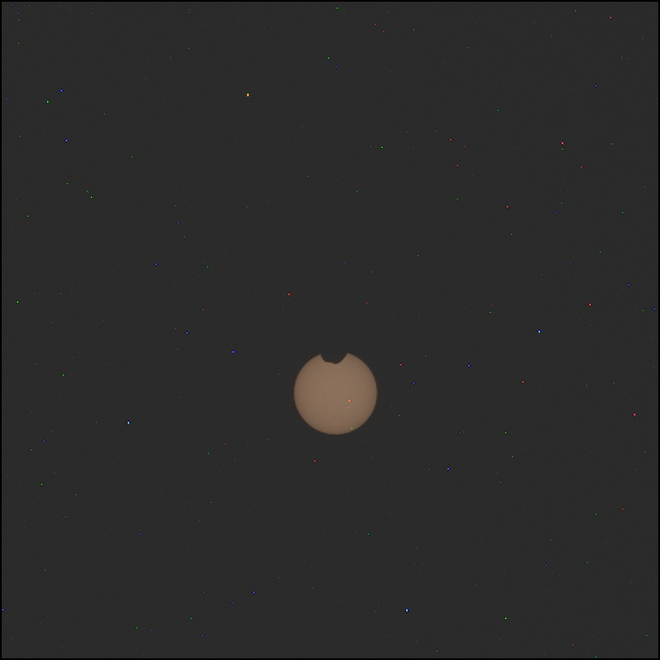
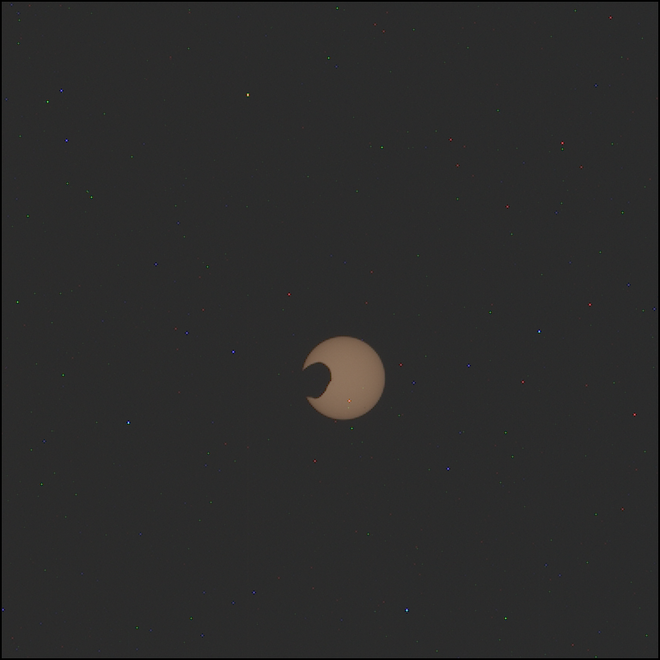

The rover's left Mastcam-Z camera is one of two scouting imagers placed high on the mast of Perseverance that is famous for capturing panoramic landscape views of the Red Planet.
Last week, though, the camera was instead angled skyward as the asteroid-sized Phobos passed overhead.
Like Earth, any planet with a moon can experience eclipses. But for planets with moons as small as those of Mars,' the bodies may be either too small or too distant to create a total solar eclipse such as the one approaching Earth on April 8.
On that day, daylight will give way to darkness for a few brief minutes as the orbiting moon will appear as the same size as the sun and will completely block its light. Millions of people reside in the path of totality along a southwest-to-northeast path across the continent.
Total solar eclipse to cross 13 states:Which ones are on the path?
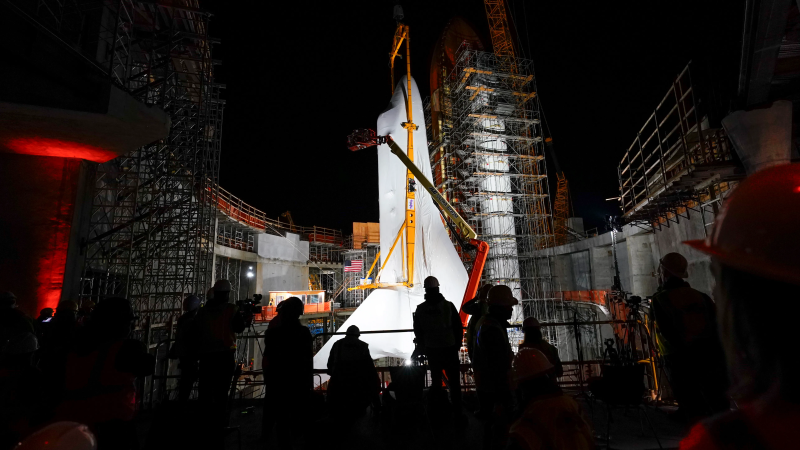
In the case of Mars' Phobos, the moon's size and shape ‒ roughly 17 miles long on its longest side ‒ make it impossible for it to completely cover the sun's disk.
Paul Byrne, a planetary geologist at Washington University in St. Louis, shared a timelapse video last week of the eclipse on the social media site X.
Several Mars rovers have observed Phobos crossing in front of the sun in the last 18 years. While Spirit and Opportunity made the first observations in 2004, it wasn't until 2019 that Curiosity became the first to record video of the event, NASA has said.
"Each time these eclipses are observed, they allow scientists to measure subtle shifts in Phobos’ orbit over time," NASA explained after a previous eclipse in 2022. "The moon’s tidal forces pull on the deep interior crust and mantle of the Red Planet; studying how much Phobos shifts over time reveals something about how resistant the crust and mantle are, and thus what kinds of materials they’re made of."
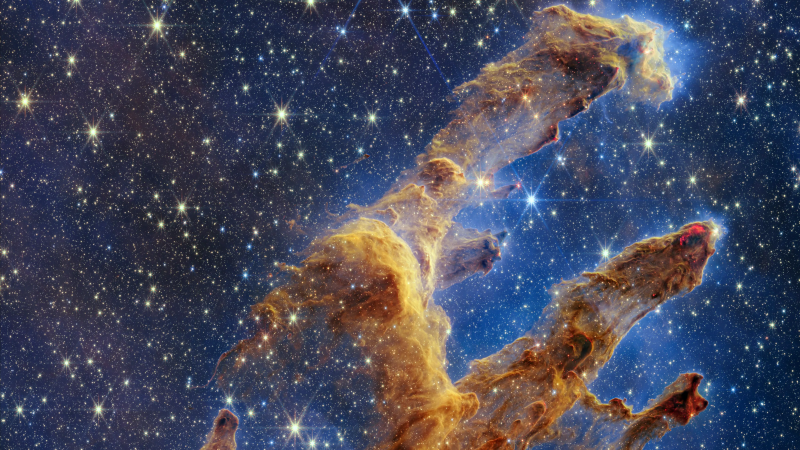
Phobos' doomed future
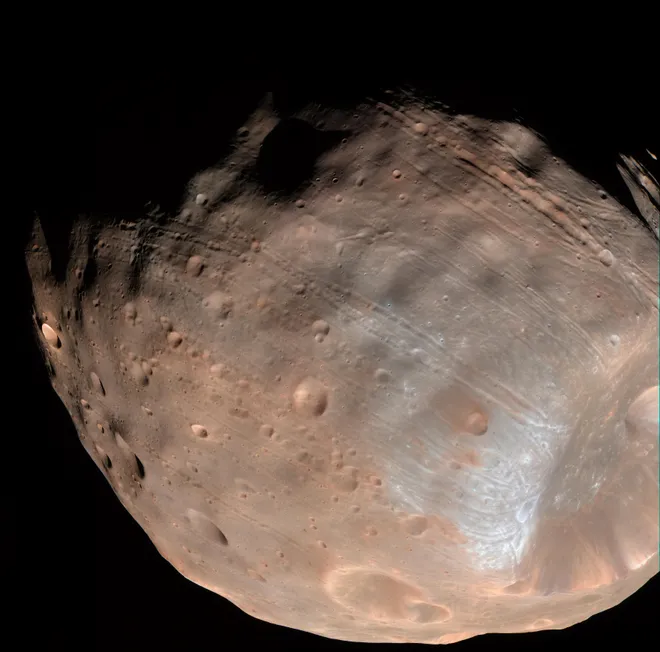
Translated as "fear" in Greek, Phobos is one of two Martian moons discovered in 1877 by American astronomer Asaph Hall.
Orbiting Mars three times a day, Phobos is much closer to the planet's surface than its brother Deimos, according to NASA. Gouges from thousands of meteorite impacts mark the moon, which scientists believe was nearly shattered by a giant impact long ago.
But unlike Deimos ("dread," in Greek), which is drifting ever-outward and will eventually leave Mars' orbit, Phobos is on a collision course with the Red Planet.
Mars' strong gravity is drawing Phobos about six feet closer to it every century. Sometime within the next 50 million years, the moon is expected to either crash into Mars or break up into a planetary ring like Saturn's.
"Studying Phobos’ orbit also allows scientists to refine predictions of when the doomed moon will crash into Mars," according to NASA.
Eric Lagatta covers breaking and trending news for USA TODAY. Reach him at elagatta@gannett.com

Disclaimer: The copyright of this article belongs to the original author. Reposting this article is solely for the purpose of information dissemination and does not constitute any investment advice. If there is any infringement, please contact us immediately. We will make corrections or deletions as necessary. Thank you.



